Denny Hamlin, a NASCAR Cup Series playoff contender and co-owner of 23XI Racing, had quite the week, this past week. From a historic antitrust lawsuit against NASCAR, to an up-and-down race at Talladega Superspeedway on Sunday, there was plenty to talk about on his weekly podcast.
However, Hamlin spent most of Monday’s episode of Actions Detrimental once again discussing and questioning NASCAR’s officiating process.
The issues were so numerous that Hamlin and co-host Jared Allen created a wheel of topics to spin and discuss during the podcast, which lasted more than an hour. Among the topics covered was NASCAR’s decision to change its policy and thinking regarding the Damaged Vehicle Policy (DVP), race-winner Ricky Stenhouse Jr. having damage to the driver’s side door and missing some of the protective foam inside the door, the decision to allow teams to work on their cars during the late-race red flag period, the finishing order to Sunday’s race, and more.
“This finishing order of Talladega was a sham at best,” Hamlin said plainly and without mincing words.
Although Hamlin and NASCAR are currently at odds, the veteran driver wanted to make it clear that he was trying to give NASCAR officials the benefit of the double when discussing each of these issues and was not just looking to beat up on them for a second week in a row.
The Joe Gibbs Racing driver says he spoke to Elton Sawyer, Senior Vice President of Competition for NASCAR, before Monday’s podcast, not as a driver, but as a podcast host and member of the media, asking for clarification on Sunday’s rulings before addressing the issue to his listeners.
“I want to be fair to everyone, and being fair is understanding they have a tough job, but it is also understanding that they need to do a much better job than they are doing, and eventually we have to hold people accountable for not doing their job that well,” he said.
Starting the discussion with the damage to Stenhouse’s door, the Actions Detrimental crew pointed out that when the No. 2 Team Penske Ford of Austin Cindric slid up the track to trigger the massive 28-car wreck in the closing laps of Sunday’s GEICO 500, it hit the left side door of the No. 47 JTG Daugherty Racing Chevrolet and left a large hole, with some of the protective foam missing.
Here is a look at the door foam which is falling out of the No. 47 JTG Daugherty Racing car in the inspection bay. Stenhouse took a shot to the door in the 28-car melee. #NASCAR pic.twitter.com/56aoDzsHtm
— Toby Christie (@Toby_Christie) October 7, 2024
According to Section 14.3.3.7 of the NASCAR Rule Book, under section B, “Door foam that has been damaged or crushed must be replaced. Effective May 4, 2022, door foam that is missing skin (including all machined foams) must be replaced.”
However, Stenhouse was not brought to pit road after the incident or during the lengthy clean-up process, eventually winning the race by inches over Brad Keselowski and William Byron. While meeting with members of the media following the race, Sawyer said he was unaware of the missing foam on the left side of Stenhouse’s car.
“Do I think [Stenhouse] should have come down and fixed or put bearbond over his door? Yes, but the letter of the law. That’s why you make rules. You have protocols and enforce those rules,” Hamlin said. “When I hear Elton Sawyer say after the race that it was news to him that [Stenhouse] had a hole in his door, I’m not really sure what we’re doing. I hear constantly from NASCAR a lot of reasoning behind calls they make, ‘We didn’t know,’ ‘We didn’t have a good angle,’ ‘We can’t judge,’ You have the resources to do it, why aren’t you? Eventually, you have to hold your sanctioning body accountable to say, ‘You’ve got to do better.’”
Hamlin argued there was not a safety issue or competitive advantage to Stenhouse’s damage to the left side door, however, it was simply another example of NASCAR not enforcing or adhering to the rules it has put in place, something Hamlin pointed out was rampant in Sunday’s race at Talladega.
From allowing Stenhouse to continue without protective foam in the door to towing cars back to their pit stalls after the late-race ‘Big One’ and letting teams work on their cars while still under red flag conditions, to missing roof rails on the RFK Racing cars of Brad Keselowski and Chris Buescher, Hamlin questioned the decisions and processes in place during Sunday’s pivotal Playoff race at Talladega.
“It’s so inconsistent,” he said. “You have rules and when you rule on one thing, rule the same way the next. Is it an accident that the 6 (Keselowski) and the 17 (Buescher) both had both pieces missing from their cars post-race? No. I don’t care what excuse anyone has to give. It was clearly manipulated in some sort of way to distort and when it distorted it fell off. It’s just one of many (examples), and it makes it hard to sit here and have a neutral opinion about it because it just doesn’t make sense as to why sometimes it’s a penalty and sometimes it’s not.”
Was something was missing from the #6 and #17 cars? ? pic.twitter.com/0f2ptdRoSg
— Dirty Mo Media (@DirtyMoMedia) October 7, 2024
Hamlin points out that Kevin Harvick was disqualified at Talladega last year for missing bolts in the windshield, then also pointed out that Josh Berry was the subject of controversy last weekend when NASCAR deemed his car out of the race after a first-lap wreck left him with four flat tires and unable to drive back to pit road.
“It makes you believe there is bias in our series. Whether it’s true or not, that’s the perception, and sometimes perception is reality,” he said. “This is three weeks in a row we’re talking about the (NASCAR) tower or officials post-race. We have enough chaos in our Playoffs, we don’t need them to add to it by bad officiating, but for three weeks in a row we’re talking about them being topics of the results of our race.”
While Hamlin admitted that NASCAR has a tough job and indicated he has stuck up for the decisions made by officials in the past, he said he listened to Sawyer during their discussion on Monday morning, heard what he had to say, but still disagreed with what he had to offer.
Just one week after Berry’s incident made headlines across the sport, NASCAR officials were once again forced with a situation in which several cars were involved in a wreck, had flat tires, and were unable to drive back to their pit stalls.
Instead of officiating the situation the same way they had done one week prior at Kansas Speedway, NASCAR allowed multiple cars involved in the late-race incident to be pushed or towed back to their pit stalls, make repairs under the DVP clock, and continue to the end of the race.
“The DVP was never intended to take capable cars out of the race. It was never intended to take cars out of the race. I understand that,” said Hamlin. “I had a capable car at Daytona but had two broken tow links and when they tried to push me the car kept going in circles and I said, ‘It’s over.’ Window net down, I’m out. Had they towed me to the pit box, we could have fixed those tow links and kept on digging. The problem is that you can’t change it now because other people’s seasons have been decided on this rule in one shape or form. You change it in the middle of the Playoffs. You can’t change your mindset in the middle of the Playoffs. There’re too many people affected.”
“Other people’s seasons have been decided by this rule … you can’t change it now.” ? pic.twitter.com/lBLzJHvo3x
— Dirty Mo Media (@DirtyMoMedia) October 7, 2024
“Brad Moran (NASCAR Cup Series Managing Director) clarified it, did he not? Publicly,” Hamlin said of NASCAR’s stance on the DVP policy, in which Moran said NASCAR would look at it during the off-season but the rule was the rule.
“We did it by the rules. So, while (the Berry incident) looks screwed up and probably was, it doesn’t matter because we did it by the rules. This weekend they didn’t play by the rules. They changed them and they changed their mindset and didn’t notify one team member of that change of mindset,” he said.
“That is just not acceptable. I’m sorry.”
As a veteran competitor and now team co-owner, Hamlin said he was not sure if the Race Director was the one making these decisions in-race or if they are done by a committee.
“When Elton Sawyer started his press conference with, ‘This week we decided to (blank) …,’ that’s all you need to hear. There’s no more context you need to hear. What he’s saying is that this week we wanted to air on the side of competition to help the competitors out,” he said.
Many competitors raised questions about a number of topics today including DVP, minimum speed, and door foam requirements. Elton Sawyer addressed how the race at Talladega was officiated today. pic.twitter.com/FeSehBtm55
— Toby Christie (@Toby_Christie) October 7, 2024
“They didn’t notify any of the teams of that. That’s the problem. If you change your mindset and say, ‘This week we’re going to do this,’ at least everyone knows. But you cannot start by saying, ‘This week we decided blank,’ it ain’t [sic] this week. You made a rule, stick to that rule. Don’t change it because of how you feel that day or who is involved.”
Hamlin argued that by changing the rule and helping one or two organizations, the implications of that change in ruling and procedure are at the same time hurting other organizations. The owner/driver said he does not believe NASCAR officials have an eye on any particular cars in an attempt to help them, but making the change in ruling on the fly during the red flag directly allowed those cars that were involved in the wreck in Turn 3 to drive back to pit road to make repairs while the rest of the field sat idle behind the pace car in Turn 2.
“Who came up with the idea to allow it? That person must be held accountable,” he said. “It doesn’t make sense, and now it makes it harder and harder to justify the decisions [NASCAR officials are] making unless there is something we don’t know.”
NASCAR also allowed teams to work on their cars once they were towed back to the pit boxes while the rest of the field behind the pace car was still under red flag conditions.
“I’ve never been in a situation where we went red, then went yellow, then didn’t go green for another 25 minutes. That doesn’t make sense. They wanted people to be able to work on their cars. There is no other way you can justify this,” Hamlin argued.
While Sawyer claimed the decision to lift the red flag and display the yellow was to speed up the process and get back to green flag racing, Hamlin argued that by going back to yellow the process was slowed down because safety workers and tow vehicles now had to navigate around the field that was rolling behind the pace car instead of sitting parked away from the incident under red flag conditions.
Hamlin pointed out that the teams have made working on their cars to clear the DVP clock an art in and of itself, finding ways to repair the cars by using all the DVP clocks to get the car fixed because there is only one shot to make minimum speed. By allowing some teams to work on their cars before the red flag was lifted, others to limp around the track just making as many laps as possible, and others never meeting minimum speed, the rules as stated in the rulebook were not adhered to or followed, leading to a result that was questionable at best.
The veteran driver, who finds himself amid a pivotal Playoff battle headed to this weekend’s race the Charlotte Roval, and mired in controversy with the antitrust lawsuit against NASCAR surely did not pull any punches when it came to his opinions about Sunday’s officiating at Talladega. At a time in which some are holding their tongues and watching what they say, it is refreshing to have a current driver/owner in the sport offer his unabashed thoughts and insights into the sport and hold the sanctioning body accountable for the inconsistencies that are all too clear.
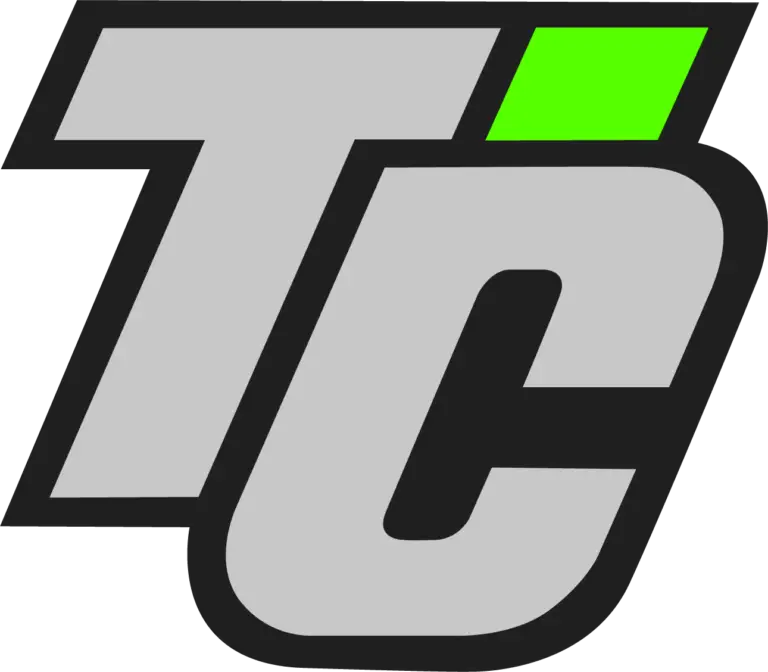
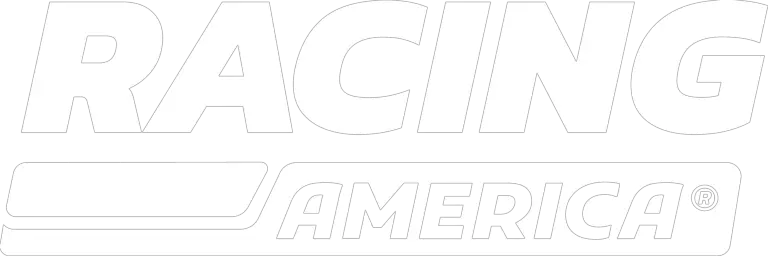
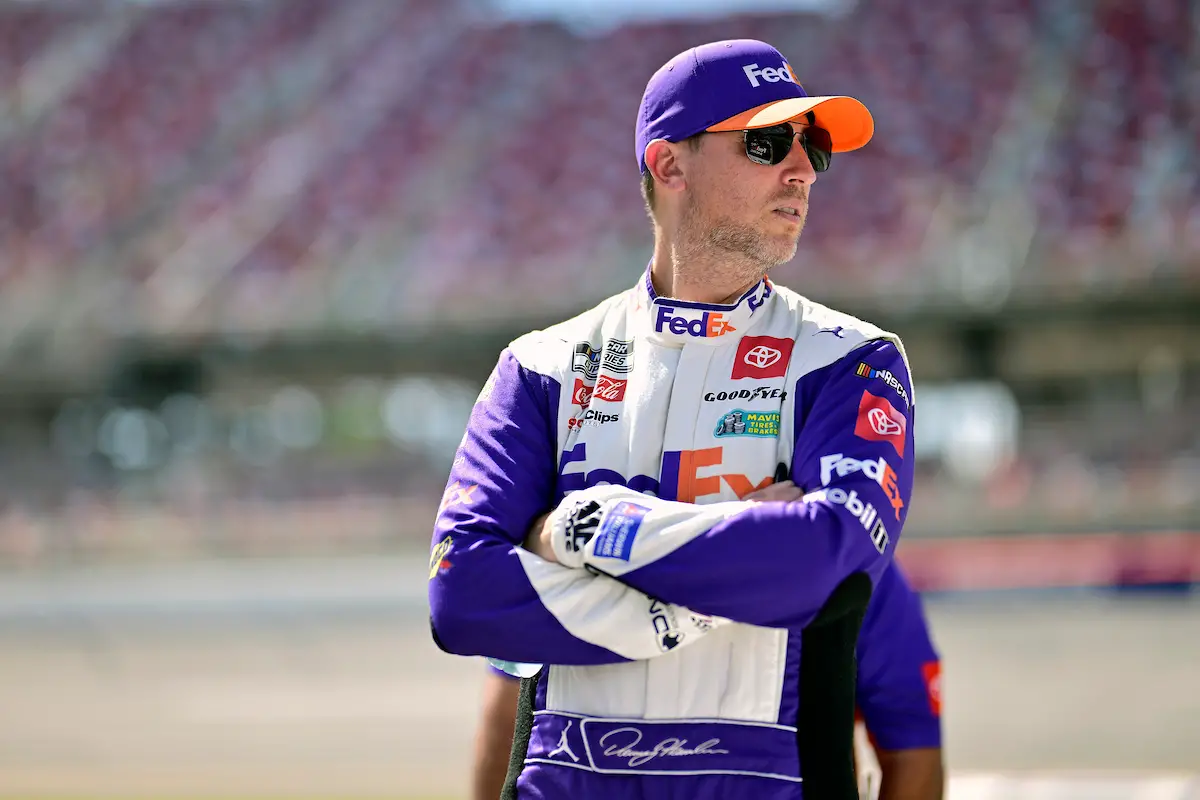

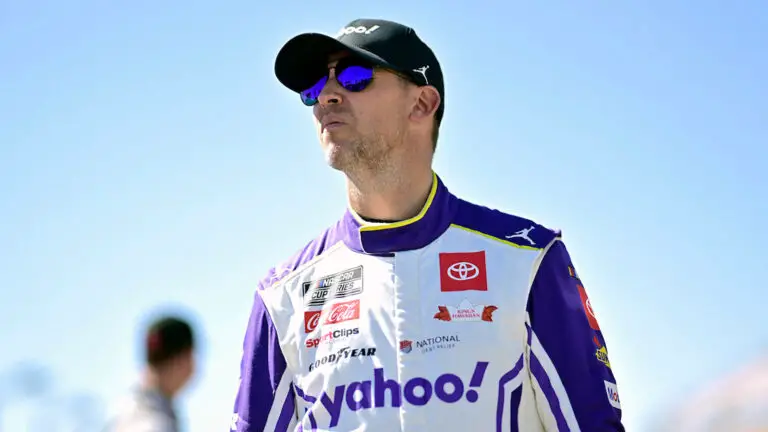

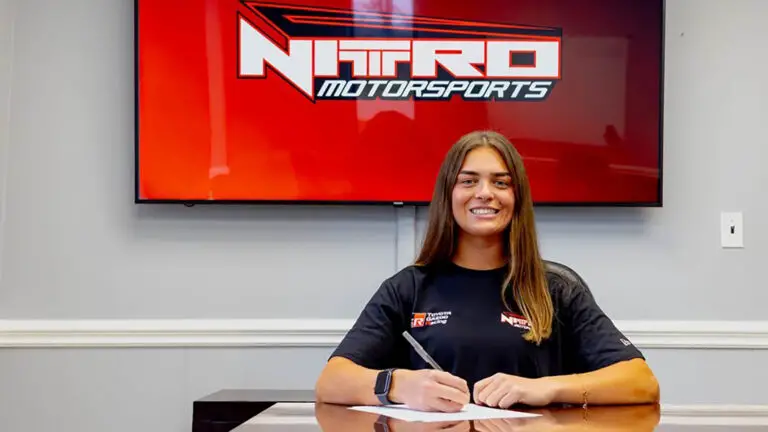
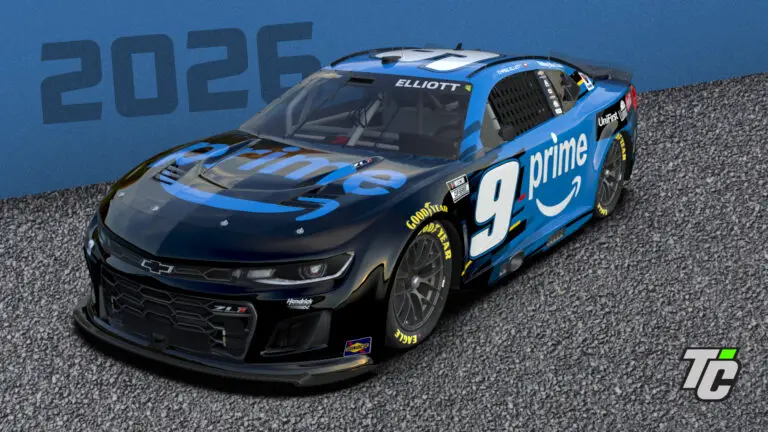
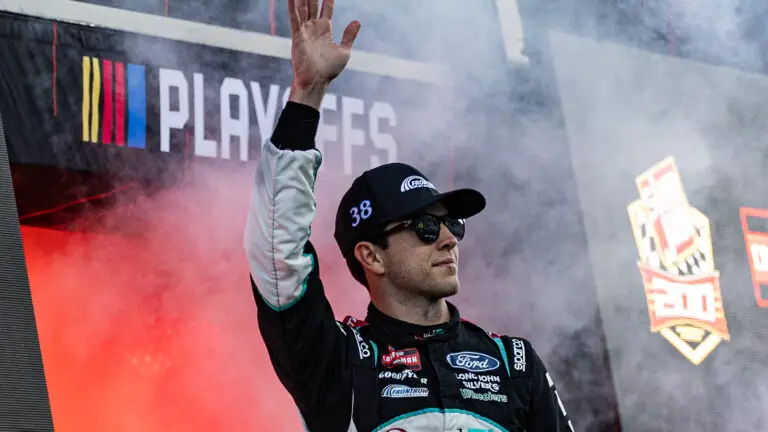

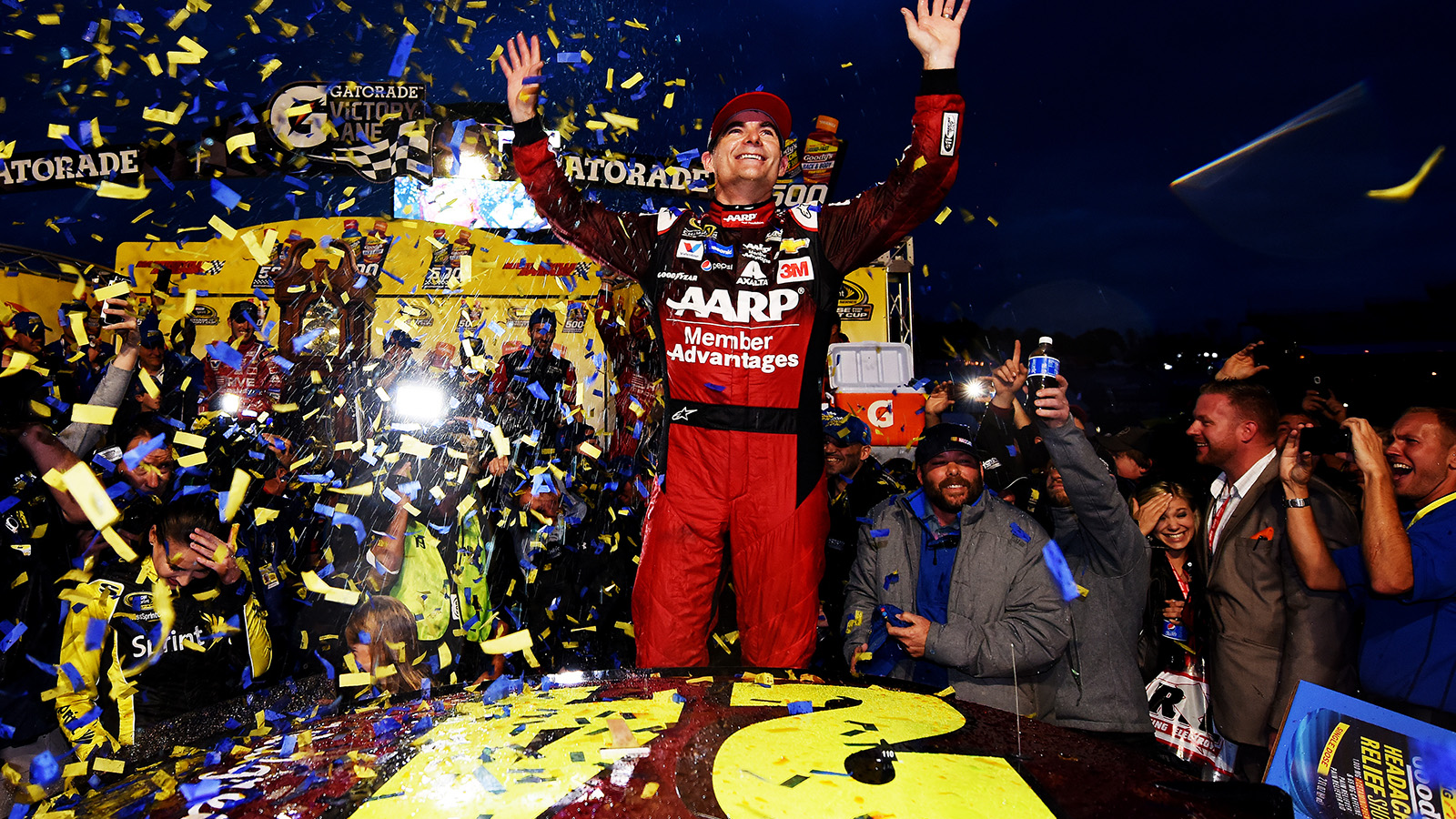
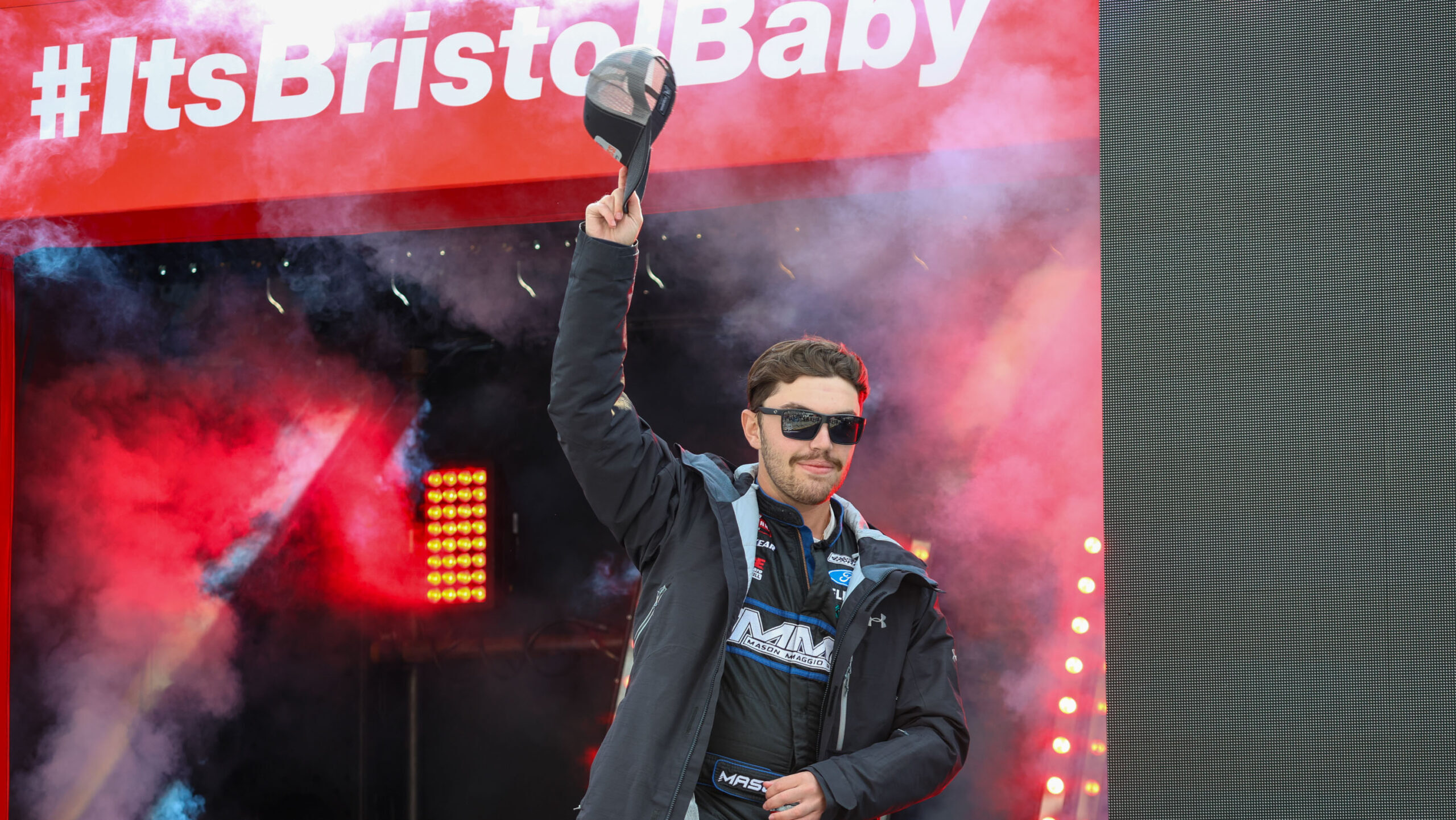

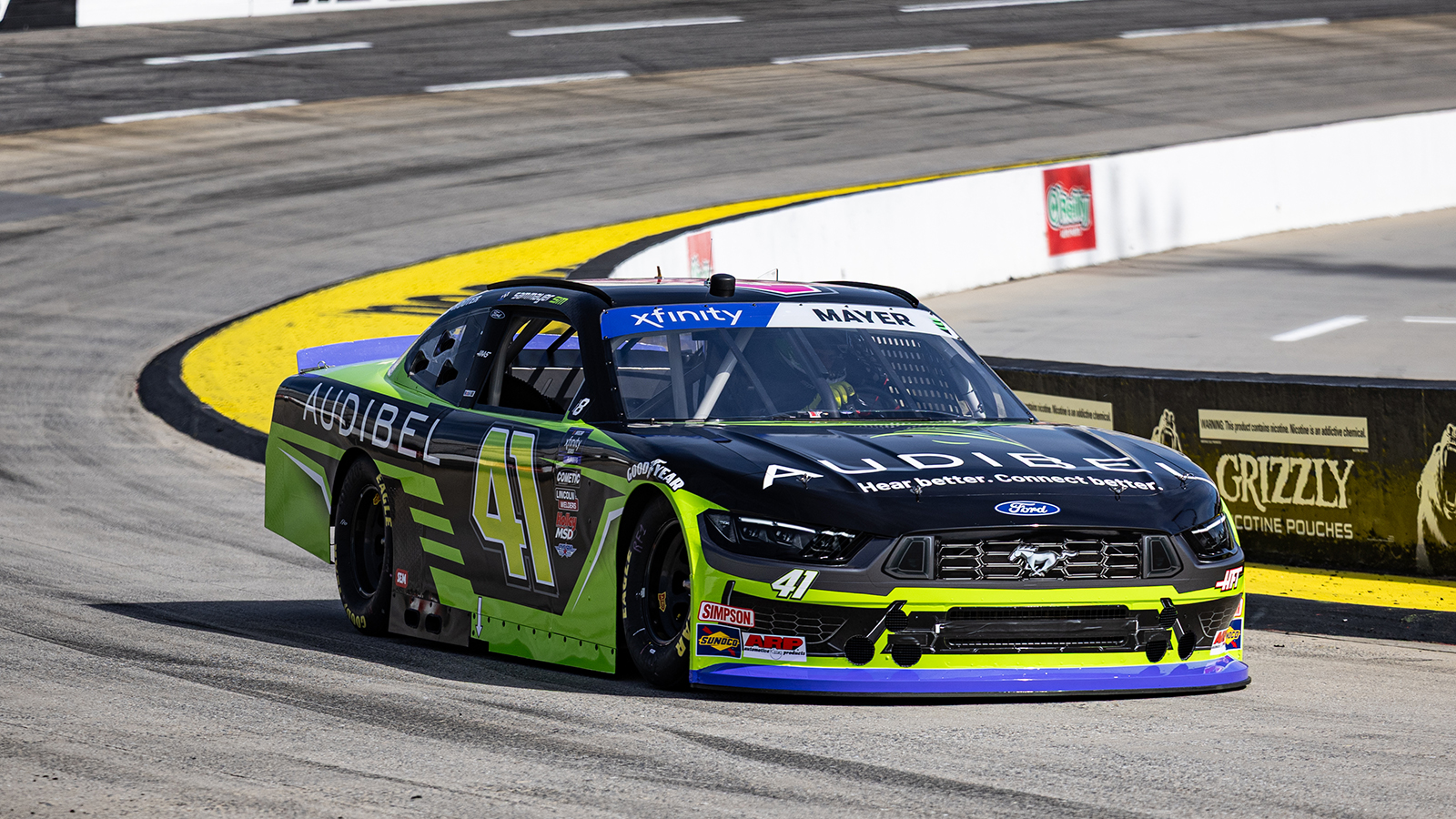
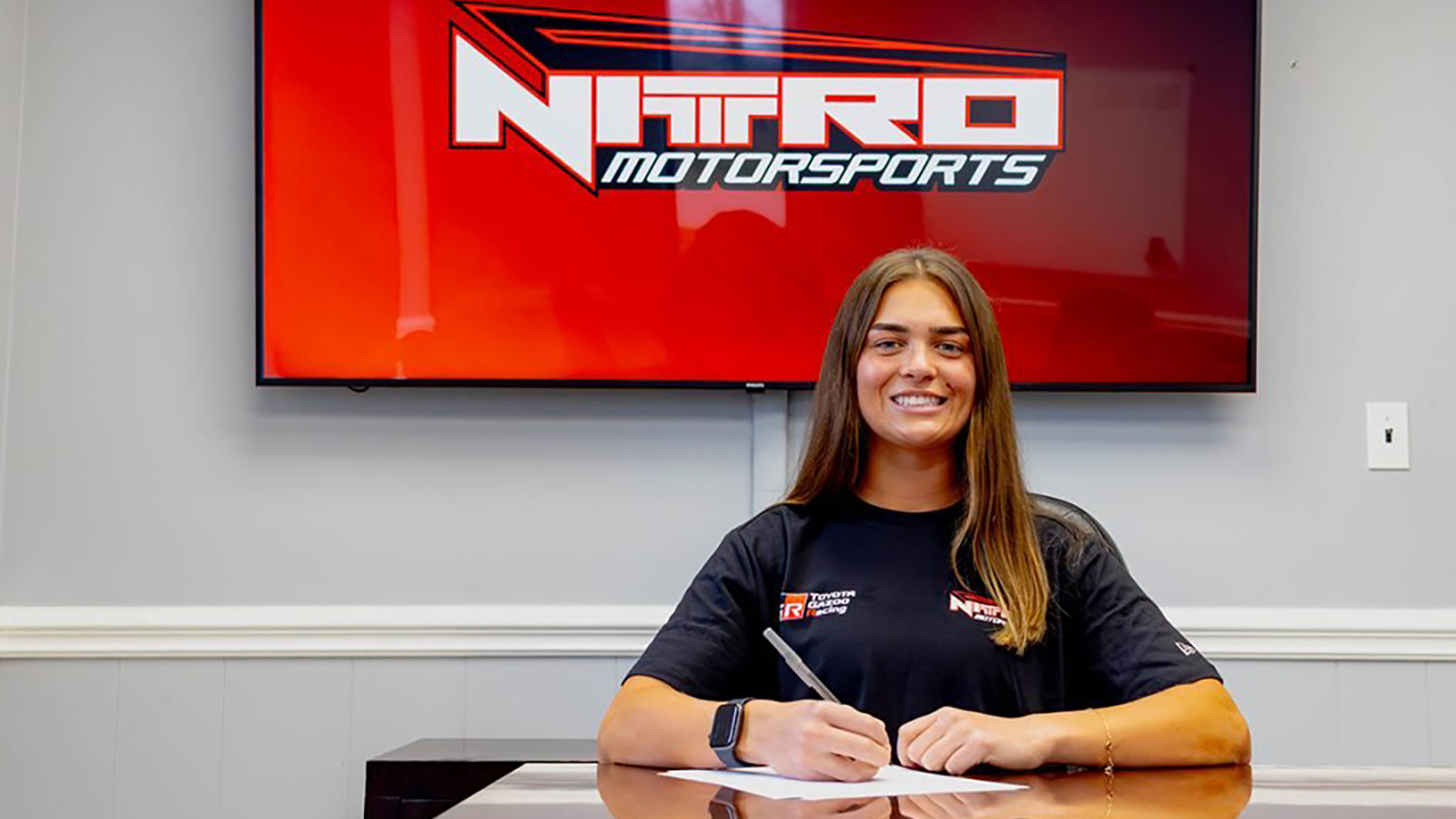
One Response
boy he sure forgets all the times he gets away with things…….